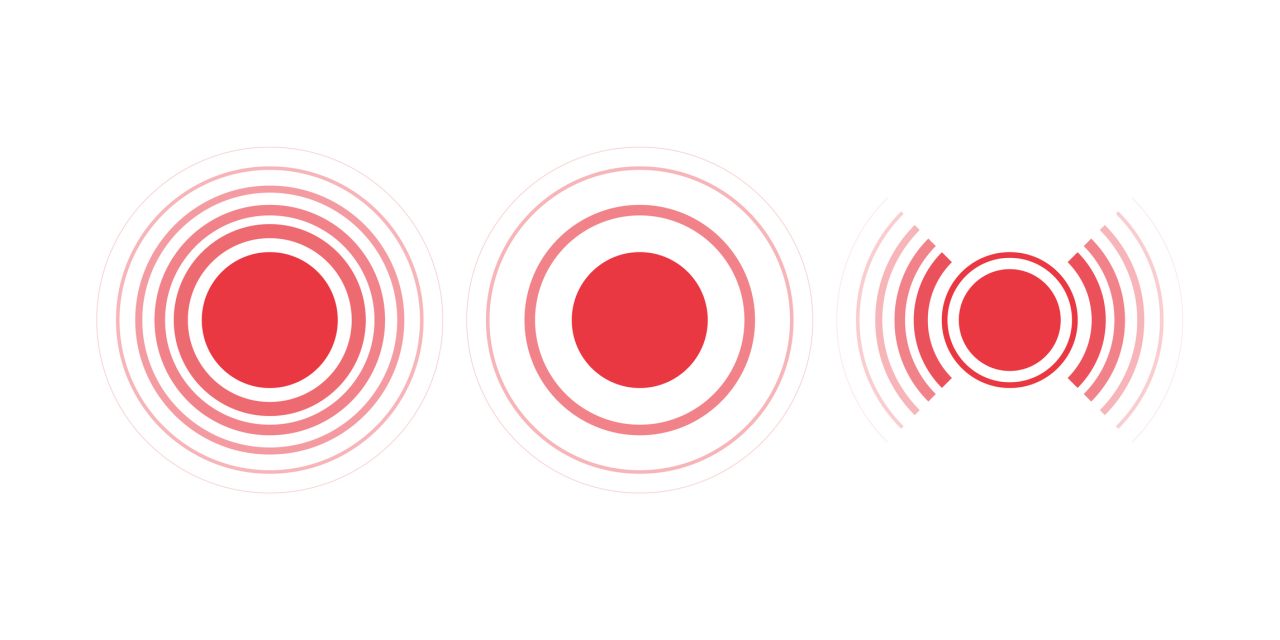Background Clinical or biochemical markers that have good correlation with magnetic resonance proton density fat fraction (MR PDFF) can be used as simple tools for the screening for nonalcoholic fatty liver disease (NAFLD) and in determining the degree of fatty infiltration of the liver. The objective of this study was to determine the degree of relationship between MR PDFF and ultrasonography (USG) grades of fatty liver, and clinical and biochemical parameters of adolescents and to determine the sensitivity and specificity of USG for diagnosis of NAFLD. Methods This prospective study included 34 overweight adolescents (mean age, 12.1 ± 1.5 years; range, 10-15.1 years; 10 girls and 24 boys) who underwent both USG and magnetic resonance imaging (MRI). Correlation analysis was performed between MR fat fraction and USG grades of fatty liver, and clinical and biochemical parameters of fatty liver disease. Results MR fat fraction had a moderate positive correlation with serum alanine transaminase (ALT) and aspartate transaminase (AST) (ρ = 0.634, p < 0.001, ρ = 0.516, p = 0.002, respectively) and had a negligible or weak correlation with body mass index (BMI), BMI standard deviation score (SDS), waist circumference (WC), fasting insulin, homeostatic model assessment of insulin resistance (HOMA-IR), serum triglyceride, low-density lipoprotein (LDL), high-density lipoprotein (HDL) and total cholesterol levels. The sensitivity and specificity of USG in the diagnosis of NAFLD were 81% (95% confidence interval 54%-95%) and 50% (27%-73%), respectively. The MR fat fraction had a moderate positive correlation with ultrasound grades of fatty liver (ρ = 0.487, p = 0.003). Conclusions Serum ALT and AST are potential biochemical markers to assess the degree of hepatic steatosis in NAFLD, which needs validation in further studies. USG can be used as a screening tool for NAFLD, but the diagnosis should be confirmed by estimating the MR fat fraction.
Utility of MR proton density fat fraction and its correlation with ultrasonography and biochemical markers in nonalcoholic fatty liver disease in overweight adolescents.


